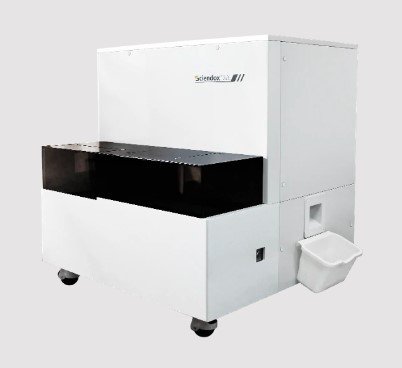The Role of Apheresis Procedures in Treating Medical Conditions
Summary
- Apheresis is a procedure commonly performed in medical labs and phlebotomy settings in the United States to remove specific blood components for therapeutic purposes.
- The different types of apheresis procedures include plasma exchange, leukapheresis, erythrocytapheresis, plateletpheresis, and stem cell apheresis.
- These procedures play a crucial role in treating various medical conditions such as autoimmune disorders, blood cancers, and organ transplant rejection.
Introduction
Apheresis is a medical procedure commonly performed in medical labs and phlebotomy settings across the United States. It involves the separation and extraction of specific blood components for therapeutic purposes. This procedure plays a crucial role in the treatment of various medical conditions by removing harmful substances from the blood or collecting valuable components for medical use.
Types of Apheresis Procedures
Plasma Exchange
Plasma exchange, also known as plasmapheresis, is a type of apheresis procedure that involves separating plasma from the blood. During this procedure, the patient's blood is drawn into a machine that separates plasma from other blood components. The plasma is then removed and replaced with a substitute solution, such as albumin or saline. Plasma exchange is commonly used to treat autoimmune disorders, such as myasthenia gravis and Guillain-Barré syndrome, by removing autoantibodies and other harmful substances from the blood.
Leukapheresis
Leukapheresis is an apheresis procedure that involves the separation and removal of white blood cells from the blood. This procedure is often used in the treatment of patients with high white blood cell counts, such as leukemia or lymphoma patients. By reducing the number of white blood cells in the bloodstream, leukapheresis can help alleviate symptoms and improve the patient's overall health.
Erythrocytapheresis
Erythrocytapheresis is a type of apheresis procedure that focuses on the removal of red blood cells from the blood. This procedure is often used to treat patients with conditions such as sickle cell disease, polycythemia vera, and hemochromatosis. By removing excess red blood cells from the bloodstream, erythrocytapheresis helps improve blood flow, reduce the risk of complications, and alleviate symptoms associated with these conditions.
Plateletpheresis
Plateletpheresis is an apheresis procedure that involves the separation and collection of platelets from the blood. Platelets play a crucial role in blood clotting and are often used in the treatment of patients with bleeding disorders, such as hemophilia or thrombocytopenia. By collecting and isolating platelets from the bloodstream, plateletpheresis can provide a concentrated dose of platelets for transfusion to patients in need of this essential blood component.
Stem Cell Apheresis
Stem cell apheresis is a specialized type of apheresis procedure that focuses on the collection of hematopoietic stem cells from the blood. These stem cells have the unique ability to differentiate into various types of blood cells and are used in the treatment of patients with blood cancers, such as leukemia, lymphoma, and multiple myeloma. Stem cell apheresis plays a crucial role in harvesting stem cells for bone marrow transplants and other cellular therapies that can help restore the patient's immune system and promote healing.
Conclusion
Apheresis procedures are essential in medical labs and phlebotomy settings in the United States for treating a wide range of medical conditions. Plasma exchange, leukapheresis, erythrocytapheresis, plateletpheresis, and stem cell apheresis are some of the common types of apheresis procedures performed to remove specific blood components for therapeutic purposes. These procedures play a crucial role in improving patient outcomes, managing symptoms, and promoting recovery in individuals with various medical conditions.

Disclaimer: The content provided on this blog is for informational purposes only, reflecting the personal opinions and insights of the author(s) on the topics. The information provided should not be used for diagnosing or treating a health problem or disease, and those seeking personal medical advice should consult with a licensed physician. Always seek the advice of your doctor or other qualified health provider regarding a medical condition. Never disregard professional medical advice or delay in seeking it because of something you have read on this website. If you think you may have a medical emergency, call 911 or go to the nearest emergency room immediately. No physician-patient relationship is created by this web site or its use. No contributors to this web site make any representations, express or implied, with respect to the information provided herein or to its use. While we strive to share accurate and up-to-date information, we cannot guarantee the completeness, reliability, or accuracy of the content. The blog may also include links to external websites and resources for the convenience of our readers. Please note that linking to other sites does not imply endorsement of their content, practices, or services by us. Readers should use their discretion and judgment while exploring any external links and resources mentioned on this blog.
